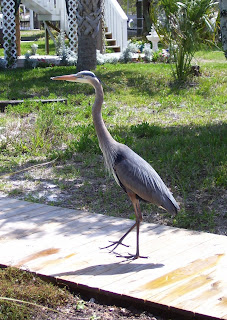Yesterday being a good day for planting ‘above ground annuals,’* I planted amaranth, cucumber, two varieties of squash, eggplant, nasturtiums, swiss chard and okra. I also planted a variety of herbs, some of which are perennial . . . so I cheated just a bit. Just recently, I read in Mother Earth News that swiss chard does not like full sun and, of course, the bed for it was in the full sun, so I inter-planted the chard with okra in hopes that the taller plants will shade the shorter ones. I had soaked the chard seeds overnight and ended up with more than I needed, so I tossed the extras under a shady tree. Maybe I’ll get something, maybe I won’t. I also realized, after-the-fact, that I had violated the rules of companion planting by putting cucumbers and herbs in the same bed. Well, I don’t have many options at present, so we’ll see how it goes. There should be room in one of the straw bales for another cucumber, so I can compare results. Sort of. I don’t know that comparing a plant in a straw bale to a plant in a lasagna bed is exactly scientific, but it’s an experiment all the same.
When it came to labeling, I had read that one could use plastic knives as labels. I didn’t have any plastic knives, but I did have plastic spoons. So I wrote on the spoon handles with a permanent marking pen and stuck them in the ground in front of the seeds. The labels will likely be illegible by the end of the season, but by then, I shouldn’t need them anymore anyway.
Now I need to keep it all watered until the seeds sprout. Rain is forecast for tomorrow and the next day, so Mother Nature may help me out. Once the plants are up, I intend to snake a soaker hose through the garden and put it on a timer – that will not only save me a lot of work but will keep the garden watered when I go to visit my kids in a month or so. The beds are not all contiguous, so this should get interesting! I will also need to mulch. I’m not sure what to use. In my flower beds, I use pine bark nuggets, but those are awfully coarse for a vegetable garden. Cypress mulch is an environmental no-no, straw is not readily available, compost tends to crust over, and we don’t have a lawn to provide clippings. I think I may use weeds – young, seedless weeds.
In our yard, we have three categories of weeds. There are weeds I like. I call those ‘wildflowers.’ There are weeds we can eat. I call those ‘salad.’ And there are weeds that I don’t like or are growing where they shouldn’t. I call those ‘weeds.’ The neighbors don’t seem to understand my classification system, but they tolerate my eccentricities anyway! I have an abundance of all three categories of weeds, so finding mulch shouldn’t be too onerous.
So why did I title this post "Bird, Watching"? Because today when I watered the garden, there was a bird, watching. 'Charlie,' as we call our blue herons, waited until I had finished and went in for a closer look. I don't think he's seen a lasagna garden before!
Charlie
checks
it out!!
*according to my moon calendar





